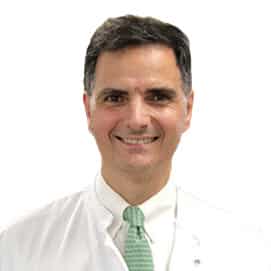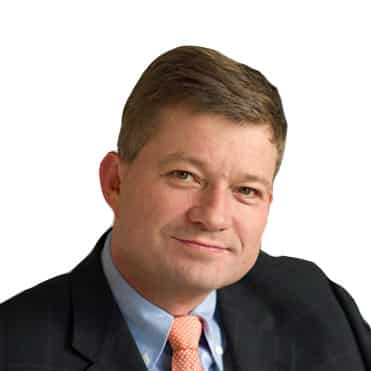A number of German High Grade Non-Hodgkin's Lymphoma (DSHNHL) trials are investigating the treatment of aggressive lymphomas. These DSHNHL studies have contributed to the acceptance of new treatment concepts around the world.
Highly malignant (i.e., aggressive) non-Hodgkin's lymphomas (NHL) progress rapidly and already at an early stage of development, lymphoma cells spread throughout the body. The goal of curing the patient can only be achieved by timely chemotherapy, since without treatment the disease very quickly leads to death. Only in a third of patients at the time of diagnosis, the lymphoma is still locally limited. (Rare) high-grade lymphomas respond better to treatment than low-grade NHL. They can be effectively dealt with with combination chemotherapy even at later stages. This takes into account the side effects. With the help of chemotherapy, the disease in almost all patients at an early stage and in about 60 % patients at later stages can be cured completely. Standard chemotherapy is carried out according to the CHOP (combination of cytotoxic drugs) regimen, which consists of cytostatics: cyclophosphamide, doxorubicin, vincristine and prednisolone and, if necessary, can be supplemented with the substance etoposide (CHOEP) or antibodies rituximab (R-CHOP). Usually 6-8 courses of chemotherapy are performed.
If, after chemotherapy, hematopoiesis is significantly impaired and the patient is at risk of infection or bleeding, hematopoietic growth factors (G-CSF or GM-CSF) can be given as maintenance therapy.
High-grade non-Hodgkin's lymphomas in stages I and II
Even if it is suspected that only the region of one lymph node or only one organ is affected, high-grade lymphomas are treated with combination chemotherapy (see above), which, if necessary, is carried out in combination with radiation therapy.
High-grade non-Hodgkin's lymphomas in stages II, III, or IV
In later stages (stage II = involvement of several lymph node regions on one side of the diaphragm, III = involvement on both sides of the diaphragm, IV = involvement of organs and tissues outside the lymph nodes), the same drug combinations (see above) are used as in stages locally limited lesions. For very large lymphomas with lesions outside the lymph nodes, or if there is residual tumor tissue after chemotherapy, additional radiation therapy may be given. Treatment options:
- Combination chemotherapy
- High-dose chemotherapy with transplantation of autogenous (own) stem cells from peripheral blood (with participation in a clinical trial)
- Participation in a clinical study for the clinical development of new types of polychemotherapy.
Clinical trials in Germany are currently testing the feasibility of high-dose chemotherapy as primary treatment in certain patient groups. These groups include patients under 60 years of age with stage III or IV disease and additional risk factors. Also, if chemotherapy with standard doses cannot achieve a complete cure of the disease, the possibility of high-dose therapy with stem cell transplantation is considered. A study is also underway to determine whether intensive therapy (with modest dose escalation of CHOEP drugs, combination of chemotherapy and antibody therapy, shorter intervals between treatments) will improve outcomes in young patients who are not at risk, as well as in elderly patients (older than 60 years).
High-grade non-Hodgkin's lymphomas with involvement of the central nervous system
Some forms of lymphomas affect (in about 40% cases) the central nervous system. In such cases, the brain skull is irradiated, sometimes also the spinal cord, and treatment with cytostatics (usually methotrexate), as well as a cortisone preparation directly (intrathecally) into the cerebrospinal fluid (CSF) is prescribed. This is necessary because most cytotoxic drugs have a low ability to penetrate the barrier between blood flow and brain tissue (blood-brain barrier). Despite aggressive chemotherapy, relapses often occur, that is, recurrences of the disease. But since many chemotherapy drugs are effective in NHL, other treatment options exist for these patients. Primary high-grade lymphomas of the central nervous system without involvement of other areas of the body are generally rare, but often found in patients with AIDS. Treatment includes chemotherapy, including the introduction of chemotherapy drugs into the cerebrospinal fluid through a catheter, and radiation to the central nervous system.
Lymphoblastic lymphomas and Burkitt's lymphomas
These types of lymphomas are classified as aggressive non-Jodgkin's lymphomas, although their treatment is usually guided by the treatment regimen for acute lymphatic leukemia. Treatment may be as follows:
- Polychemotherapy, including treatment of the central nervous system
- Combined chemotherapy and radiotherapy
- Bone marrow transplant (under study in clinical trials)
Head of the Clinic of Oncology, Hematology and Palliative Medicine
Video
Request appointment
Useful links
Photo gallery








